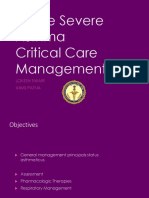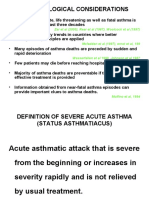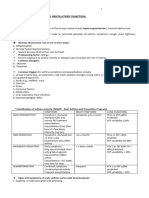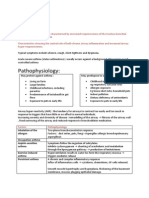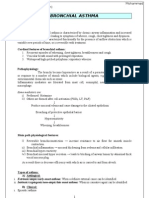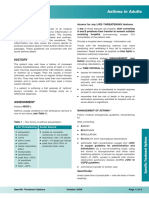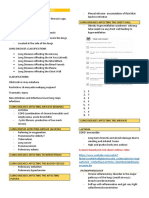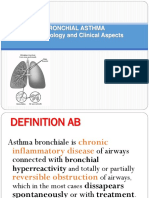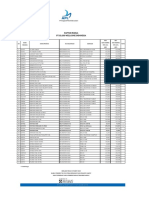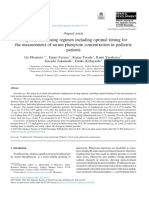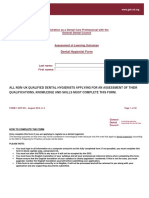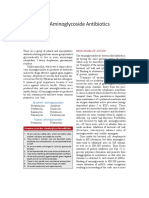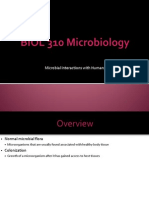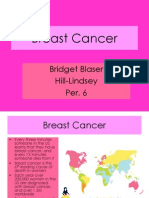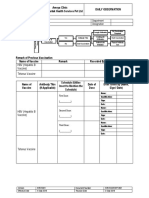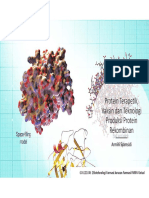0% found this document useful (0 votes)
16 views5 pagesLecture 6
The document discusses acute expiratory dyspnea, wheezing, and cough which are symptoms of bronchospasm from asthma or COPD exacerbation. It describes the clinical forms and signs of severity of acute asthma attacks and status asthmaticus. Treatment includes oxygen, bronchodilators, steroids, and other measures like intubation and ventilation if needed.
Uploaded by
Grafu Andreea AlexandraCopyright
© © All Rights Reserved
We take content rights seriously. If you suspect this is your content, claim it here.
Available Formats
Download as DOCX, PDF, TXT or read online on Scribd
0% found this document useful (0 votes)
16 views5 pagesLecture 6
The document discusses acute expiratory dyspnea, wheezing, and cough which are symptoms of bronchospasm from asthma or COPD exacerbation. It describes the clinical forms and signs of severity of acute asthma attacks and status asthmaticus. Treatment includes oxygen, bronchodilators, steroids, and other measures like intubation and ventilation if needed.
Uploaded by
Grafu Andreea AlexandraCopyright
© © All Rights Reserved
We take content rights seriously. If you suspect this is your content, claim it here.
Available Formats
Download as DOCX, PDF, TXT or read online on Scribd
/ 5











